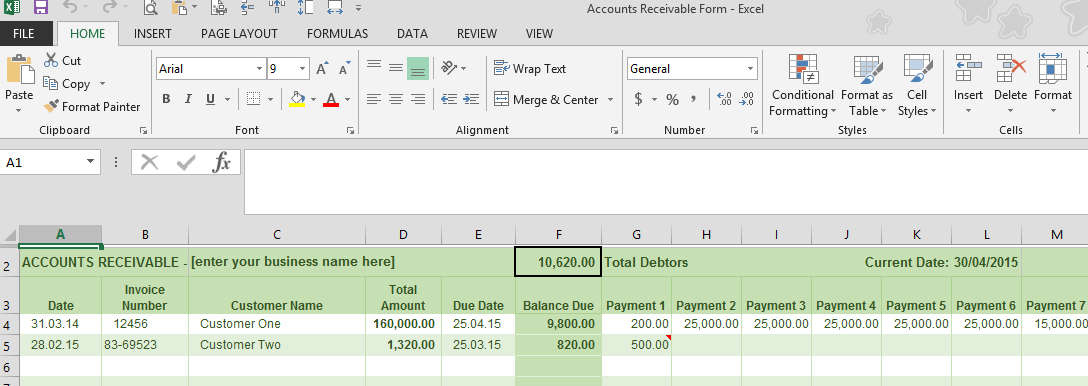Build tailored financial dashboards providing granular insights into construction bookkeeping any area of your construction business. Construction bookkeeping is unique because of the nature of the business, so it’s even more important to hone your bookkeeping skills and use the best tools available, to make sure it’s done right. Before choosing a bookkeeping software, ask if they offer a free trial and use that time to get familiar with the way it works. On the other hand, if it’s super easy to use but doesn’t provide the flexibility you need, you should consider trying a different one. There is a lot of construction software out there for today’s construction firms to choose from.
Asset Management
Construction accounting systems must integrate both job costing and accounting general ledger functions seamlessly. An accountant in construction typically ensures that the organization’s financial statements, taxes, and other documents are accurate and up-to-date. They might also work to develop budgets, provide cost analysis for current and future projects, and create and manage accounts payable and receivable.
- Regarding accounting, Safe 300 breaks tasks down into assignments and work orders.
- One positive aspect of the cash method is that it provides an accurate representation of cash flow.
- Thanks to a tightly-knit project timeline, milestone payments help companies stay financially afloat.
- Whether you decide to do job costing manually or using software, the same steps apply.
- It aligns with the project completion ratio and most lenders or guarantors require this.
Essential Construction Bookkeeping Tips for General Contractors
Typically, this will be useful if they aren’t able to estimate the unit production for the project with a lot of certainty. Time-and-material billing bases the contract price on a per-hour labor rate plus the actual cost of materials used. For both the labor and materials components, the contractor may apply a standard markup. These revenue recognition guidelines help ensure consistency in revenue recognition practices across different contractors. However, contractors now must consider guidance from the ASC 606 revenue recognition standards with their construction CPA. Some might also categorize costs by project phases or sub-jobs, like floors of a structure or buildings in a development.
Free time tracker
Factoring for some of the essential differences from general accounting, construction accounting relies on several important concepts. Contractors need precise tracking and reporting, as well as collection and cash-flow strategies to maintain long-term success. In this construction accounting 101 guide, we covered everything you need to know about this https://www.inkl.com/news/the-significance-of-construction-bookkeeping-for-streamlining-projects complex yet profitable sector.
Pay Estimated Taxes
Revenue recognition is the process of officially recording how and when your business generates revenue. As we mentioned earlier, contract retainage can account for 5 to 10 percent of your contract value. It allows you to estimate labor, material, and overhead cost, as well as determine how much you should charge for the project. Here are ten tips that can help to simplify and improve the way you handle construction bookkeeping. Construction companies usually need to pay their workers what’s known as a prevailing wage. Project costs vary according to the weather and season in which work is due to take place, as do the cost of materials and strain on workers and equipment.





